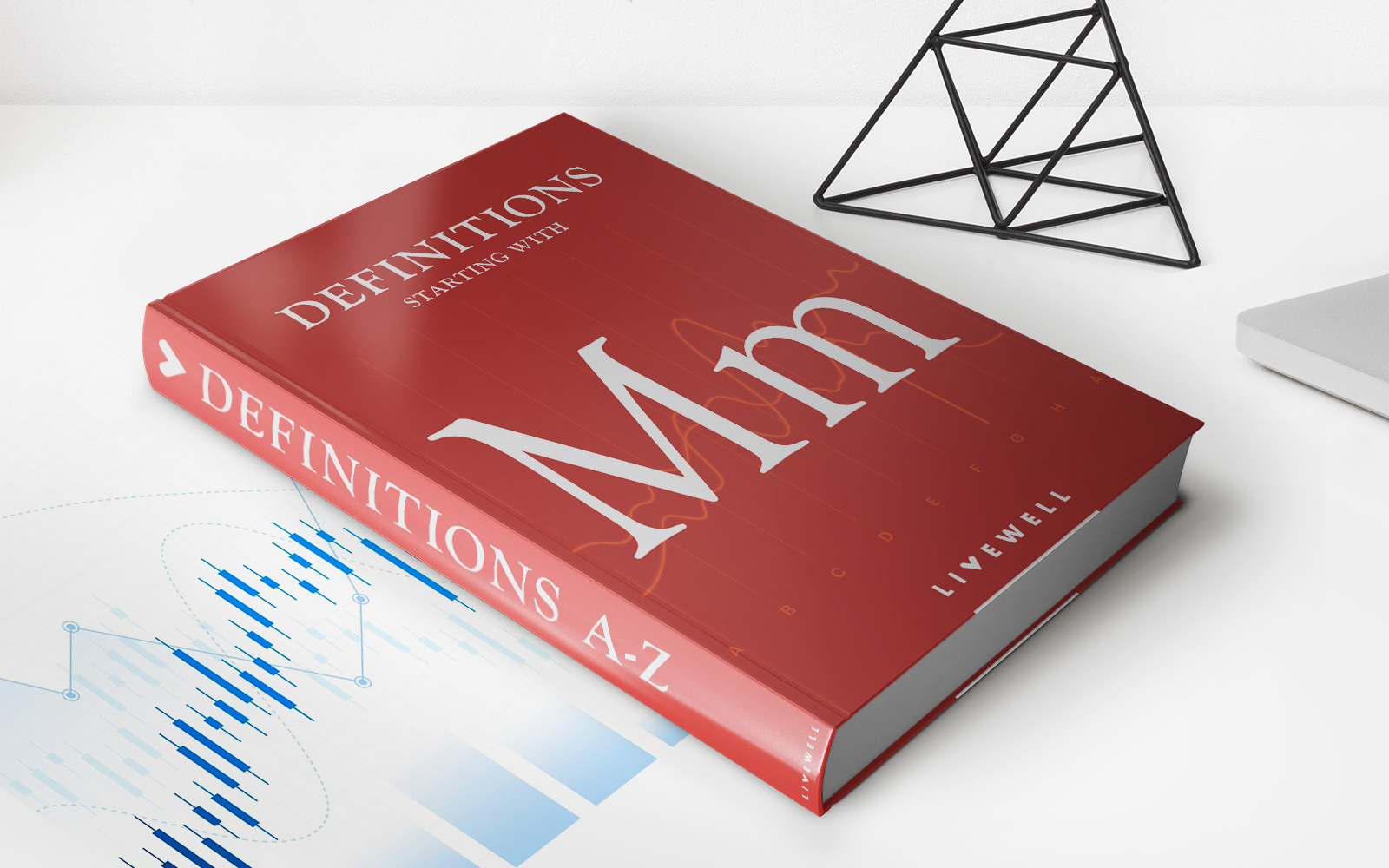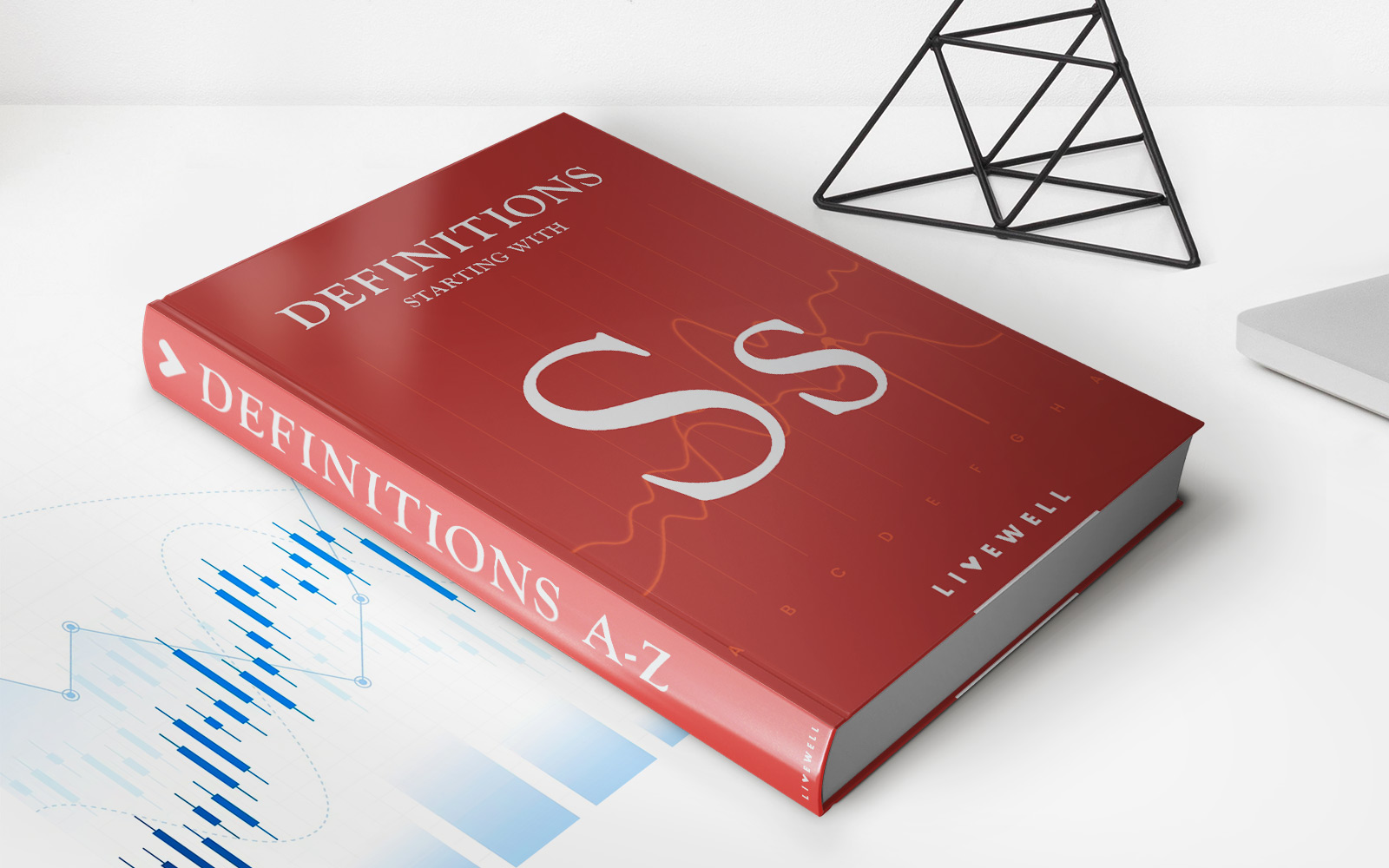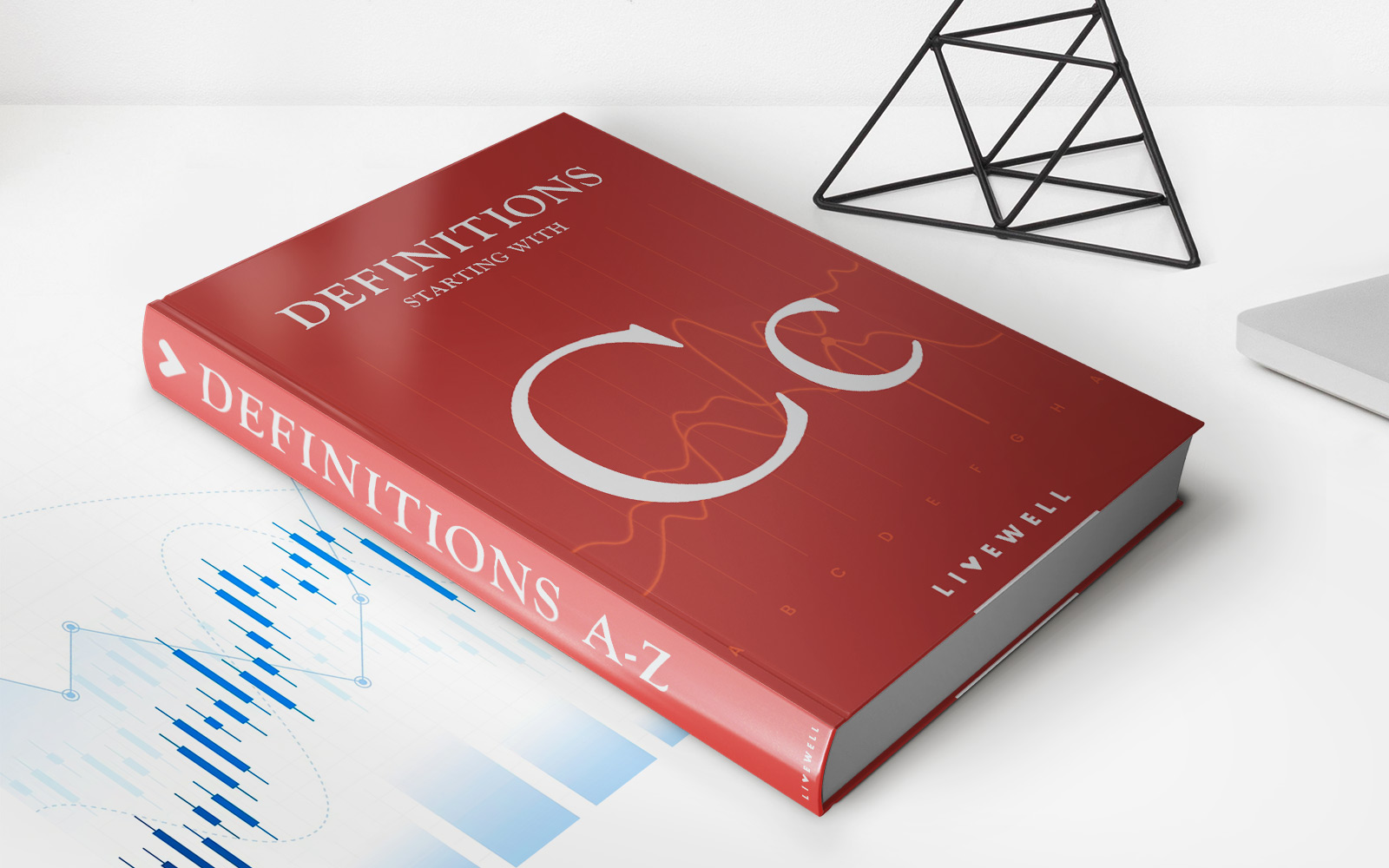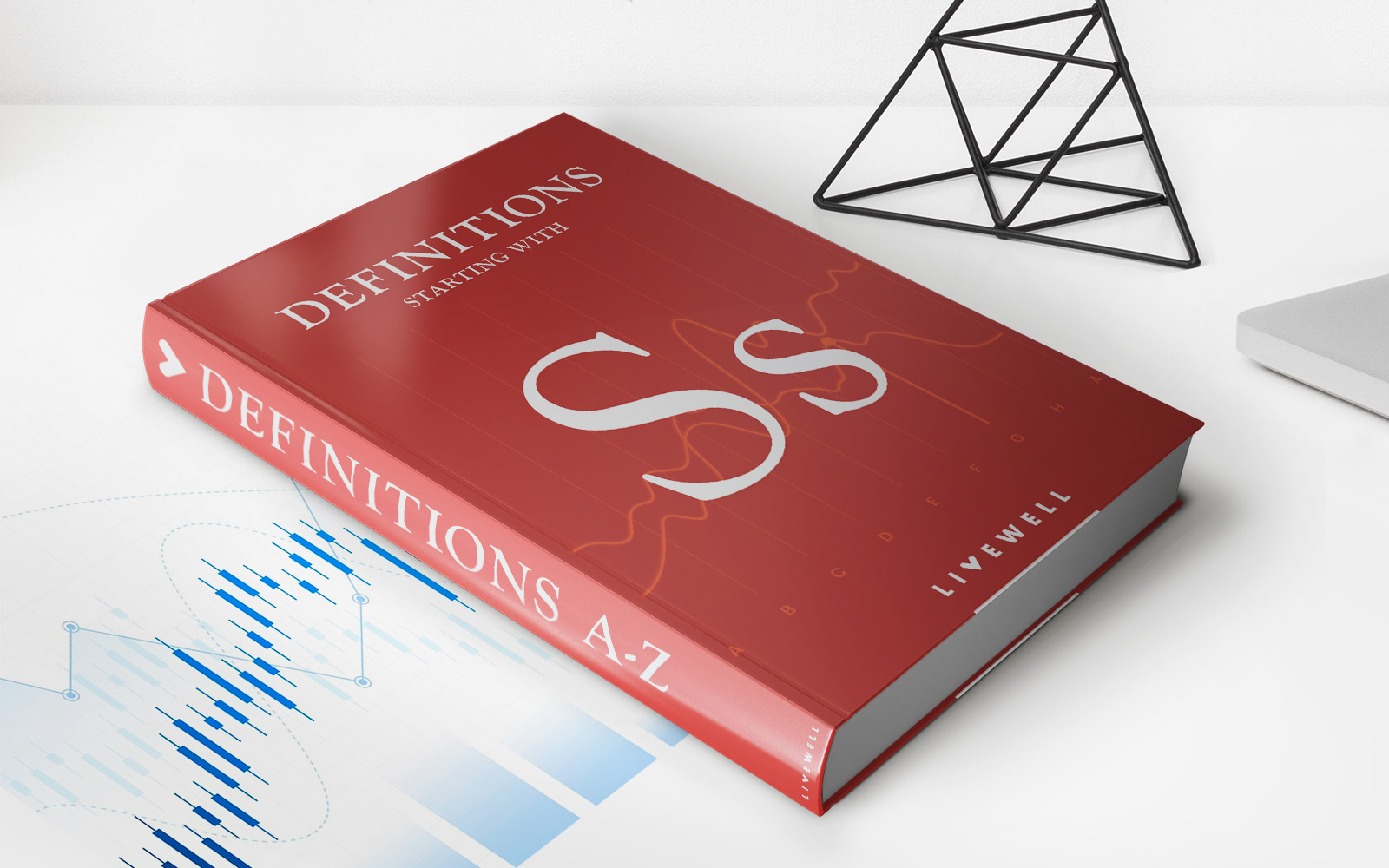Home>Finance>Monopolistic Competition: Definition, How It Works, Pros And Cons
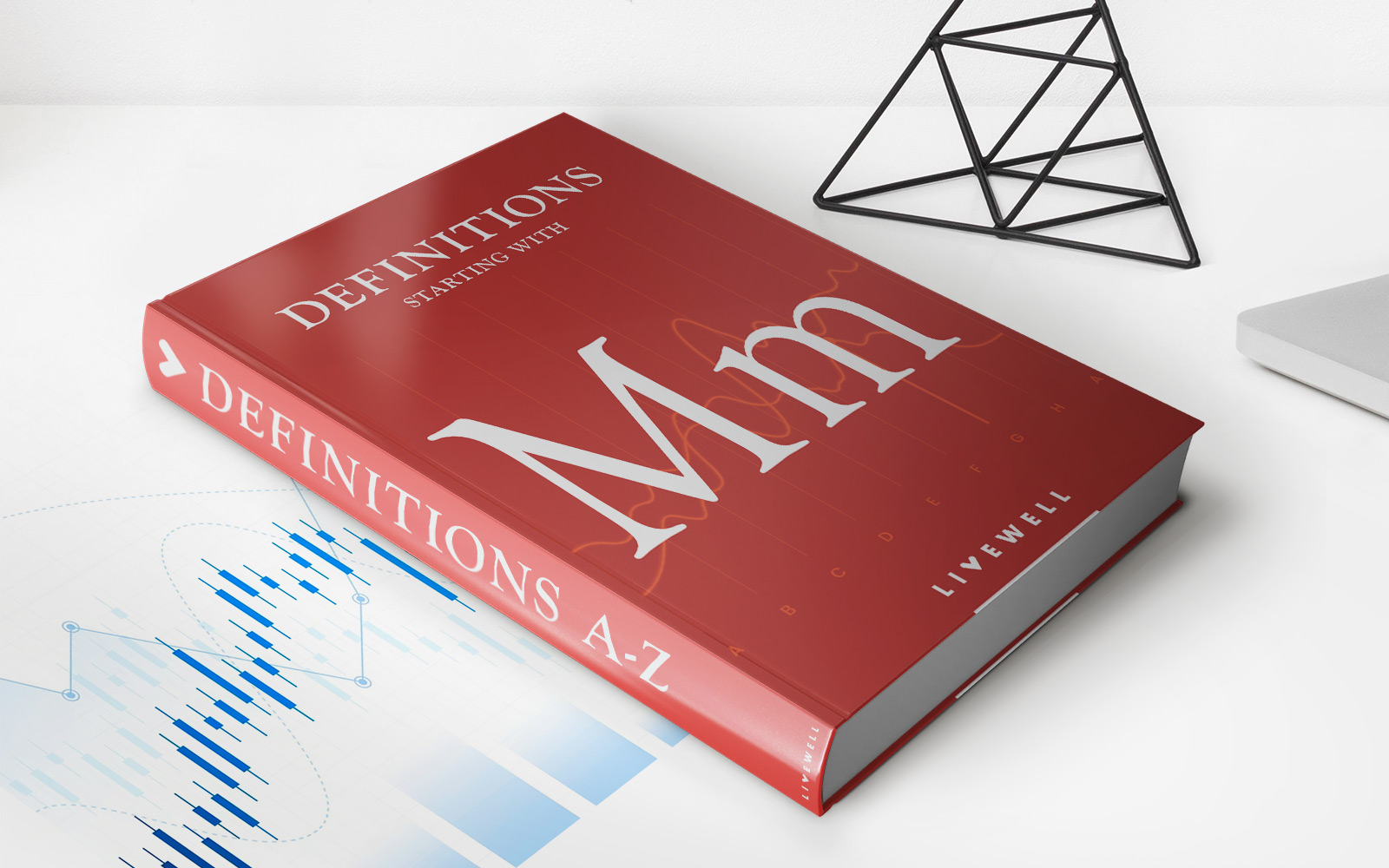

Finance
Monopolistic Competition: Definition, How It Works, Pros And Cons
Published: December 26, 2023
Learn about the concept of monopolistic competition in finance, including its definition, mechanics, and the advantages and disadvantages it presents.
(Many of the links in this article redirect to a specific reviewed product. Your purchase of these products through affiliate links helps to generate commission for LiveWell, at no extra cost. Learn more)
Monopolistic Competition: Embrace the Uniqueness!
Have you ever wondered how businesses thrive in a complex marketplace where competition runs high? Enter monopolistic competition, a fascinating economic concept that combines elements of both monopoly and perfect competition. In this article, we will delve deeper into the world of monopolistic competition, exploring its definition, how it works, as well as its pros and cons. By the end, you’ll have a clear understanding of the benefits and challenges that accompany this intriguing market structure.
Key Takeaways:
- Monopolistic competition combines elements of both monopoly and perfect competition.
- Businesses differentiate their products and build customer loyalty in monopolistic competition.
What is Monopolistic Competition?
At its core, monopolistic competition refers to a market structure where numerous sellers offer differentiated products to a large number of buyers. In this setting, businesses have some control over the prices they charge due to product differentiation, but they still face competition from other firms in the industry.
So how does it work? Let’s break it down:
- Product Differentiation: In monopolistic competition, companies strive to make their products stand out. They accomplish this by focusing on unique features, branding strategies, customer service, or even innovative packaging. The goal is to create a perceived difference in the minds of consumers, making them willing to pay a premium for the product.
- Non-Price Competition: Unlike perfect competition, where price is the main differentiating factor, in monopolistic competition, businesses engage in non-price competition. This includes advertising, marketing, promotions, and even exclusive deals. By undergoing these efforts, companies strengthen their brand image and build a loyal customer base.
- Some Degree of Market Power: In monopolistic competition, each firm has a certain degree of market power due to the uniqueness of its products. While they may not have complete control over prices, they have the ability to influence consumer choices to some extent.
Pros of Monopolistic Competition
Monopolistic competition comes with several advantages for both businesses and consumers. Here are a few notable benefits:
- Product Differentiation: Monopolistic competition allows businesses to tap into their creativity and uniqueness, fostering innovation and bringing diverse products to the market.
- Consumer Choice: With a plethora of options available, consumers have the freedom to choose products that align with their preferences, needs, and budget.
- Efficiency: The presence of competition encourages firms to strive for efficiency, constantly improving their products, services, and overall customer experience.
Cons of Monopolistic Competition
While monopolistic competition offers advantages, it also presents some challenges. Here are a few downsides to consider:
- Higher Prices: Due to the product differentiation and non-price competition, firms in monopolistic competition may charge higher prices compared to those in perfect competition.
- Reduced Market Entry: The existence of established brands and loyal customer bases can make it difficult for new entrants to penetrate the market.
- Allocative Inefficiency: With multiple firms producing similar but different products, there may be a degree of inefficiency in terms of resource allocation.
In conclusion, monopolistic competition is a fascinating market structure that offers a blend of competition and product differentiation. By understanding how it works, as well as its pros and cons, businesses can navigate this unique environment successfully. So, whether you’re a business owner looking for ways to differentiate your products or a consumer seeking a wide variety of options, monopolistic competition offers an exciting landscape to explore and embrace!




